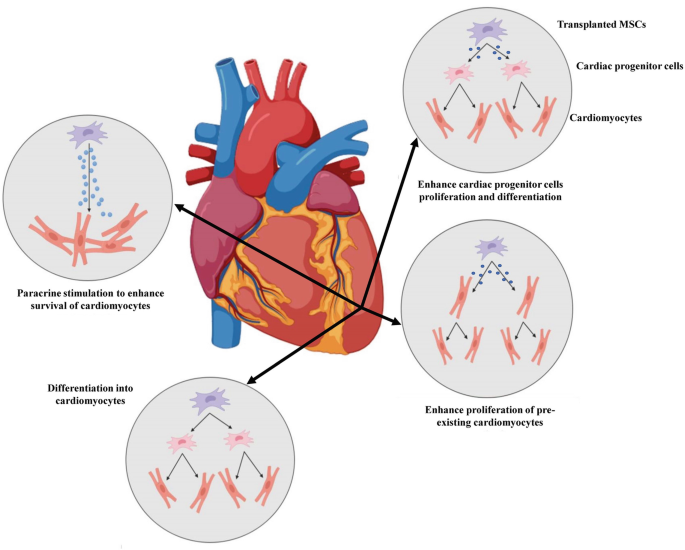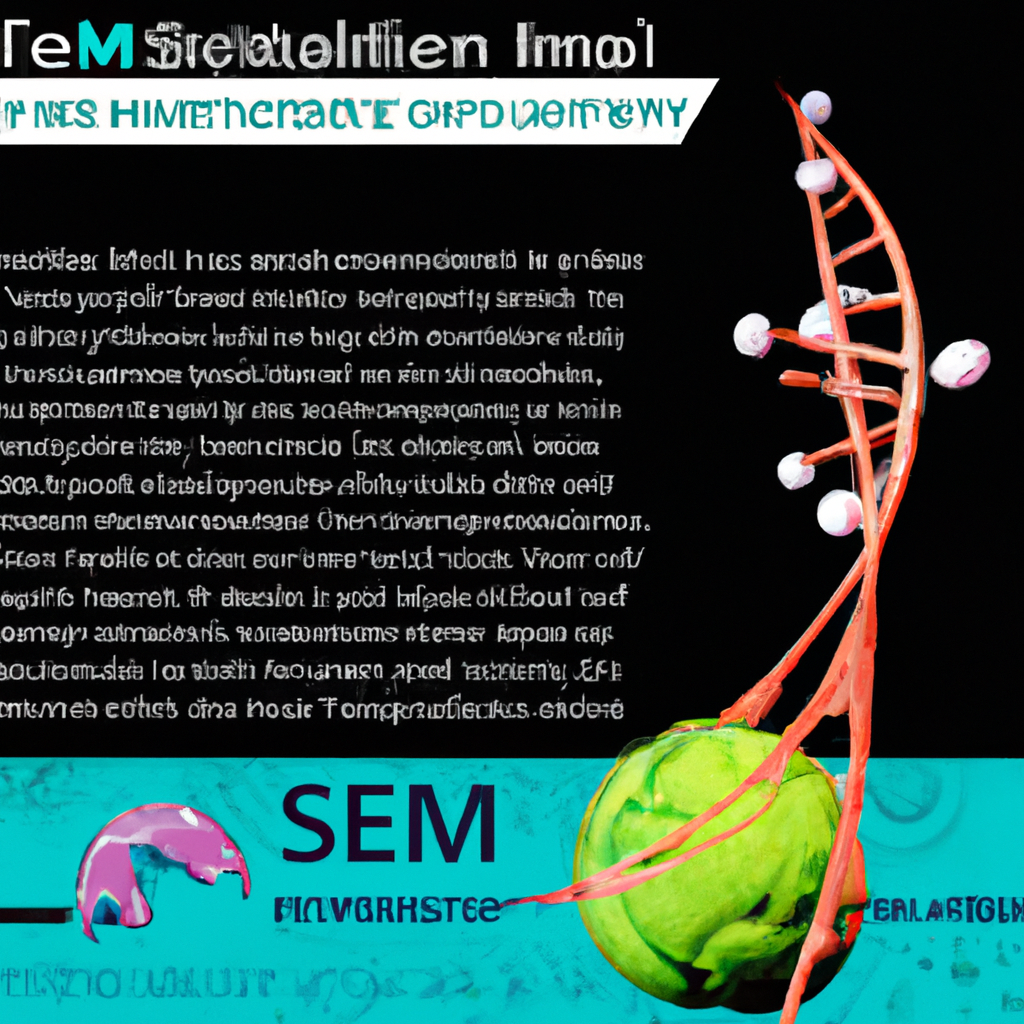In Malaysia, the question of whether stem cell therapies can be effective in treating heart and cardiovascular diseases is a topic of great importance. Stem cell research holds immense potential for medical advancements and could pave the way for innovative treatment options. This article delves into the possibilities and explores the potential benefits of using stem cell therapies in the Malaysian context. Join us as we explore this fascinating field and uncover the potential it holds for the future of cardiovascular health.
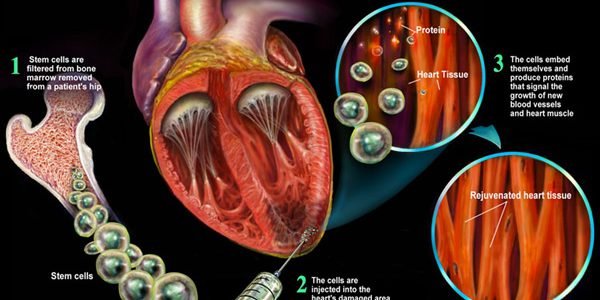
The current state of heart and cardiovascular diseases in Malaysia
Heart and cardiovascular diseases have become a significant health concern in Malaysia, with a growing number of individuals being affected by these conditions. The prevalence of heart and cardiovascular diseases in Malaysia is worrisome, and it is crucial to understand the impact they have on the Malaysian population. Moreover, it is essential to explore the current treatment options available and the limitations associated with them.
Prevalence of heart and cardiovascular diseases in Malaysia
Heart and cardiovascular diseases are among the leading causes of death in Malaysia. According to recent studies, cardiovascular diseases account for approximately 30% of all deaths in the country. This prevalence has been steadily increasing over the years, largely due to factors such as an aging population, unhealthy lifestyles, and a high incidence of risk factors like smoking, obesity, and diabetes.
Impact of heart and cardiovascular diseases on the Malaysian population
The impact of heart and cardiovascular diseases on the Malaysian population is significant. These diseases not only cause individual suffering but also have socio-economic consequences for the country. Individuals affected by heart and cardiovascular diseases may face a reduced quality of life, increased healthcare costs, and decreased productivity due to disability or premature death.
Current treatment options and limitations
The current treatment options for heart and cardiovascular diseases in Malaysia include medications, invasive procedures such as surgeries, and lifestyle modifications. While these treatments can help manage the symptoms and slow down the progression of the diseases, they often have limitations. Medications may have side effects or may not be effective for all individuals. Surgeries and invasive procedures carry risks and may not be suitable for everyone. Lifestyle modifications require significant dedication and discipline, but they may not always be sufficient to prevent or treat heart and cardiovascular diseases.
Understanding stem cell therapies
Stem cell therapies have emerged as a promising field in regenerative medicine, offering potential new avenues for the treatment of heart and cardiovascular diseases. To understand the role of stem cell therapies in addressing these conditions, it is essential to delve into the basics of Stem cells, their types, and their potential applications in the medical field.
Introduction to stem cells
Stem cells are undifferentiated cells that have the unique ability to self-renew and differentiate into various types of specialized cells in the body. They can be found in various tissues and organs, including the bone marrow, umbilical cord, and adipose tissue. Stem cells hold immense therapeutic potential due to their regenerative and healing properties.
Types of stem cells and their potential applications
There are different types of stem cells, each with its own set of characteristics and potential applications. Embryonic stem cells, derived from embryos, are pluripotent and can differentiate into any type of cell in the body. Adult stem cells, found in various tissues, are multipotent and can differentiate into a limited number of specialized cell types. Induced pluripotent stem cells (iPSCs) are created by reprogramming adult cells, providing a potential source of personalized stem cells. Mesenchymal stem cells (MSCs), derived from sources such as bone marrow and adipose tissue, have shown potential in treating heart and cardiovascular diseases.
Mechanisms of action in treating heart and cardiovascular diseases
Stem cell therapies for heart and cardiovascular diseases work through several mechanisms of action. Transplanted stem cells have the ability to differentiate into cardiac cells, helping to regenerate damaged heart tissue and restore its function. They can also release various growth factors and cytokines that promote angiogenesis, the formation of new blood vessels. Additionally, stem cells have immunomodulatory effects, reducing inflammation and preventing further damage to the heart.
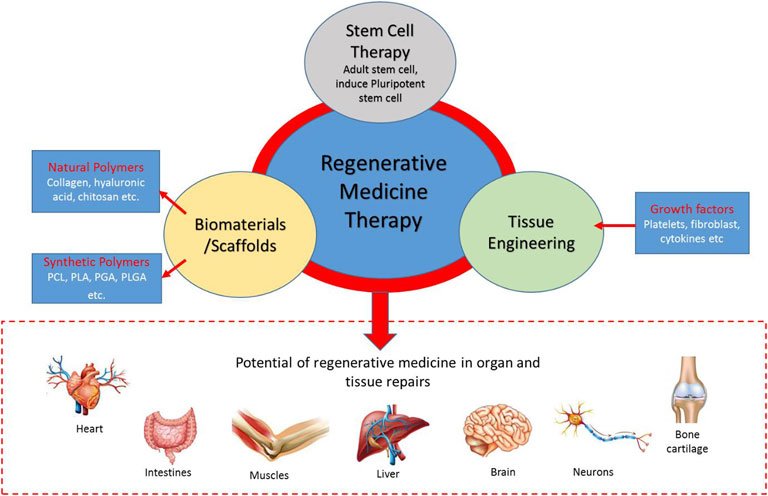
Research and clinical studies on stem cell therapies for heart and cardiovascular diseases
Research and clinical studies play a crucial role in determining the safety and efficacy of stem cell therapies for heart and cardiovascular diseases. In Malaysia, several research initiatives and studies have been conducted to explore the potential of stem cell-based treatments for these conditions.
Overview of research and studies conducted in Malaysia
In recent years, Malaysia has seen a growing interest in stem cell research for heart and cardiovascular diseases. Various research institutions and medical centers have undertaken studies to investigate the therapeutic potential of stem cell therapies. These studies have focused on topics such as the choice of stem cell types, optimal delivery methods, and strategies to enhance the survival and function of transplanted cells.
Key findings and outcomes
The research conducted in Malaysia has yielded promising results. Studies have shown that stem cell therapies can effectively improve heart function, reduce scar tissue, and enhance angiogenesis in individuals with heart and cardiovascular diseases. Additionally, these therapies have demonstrated safety profiles with minimal adverse effects.
Challenges and limitations
While the research conducted in Malaysia has shown promising results, there are still challenges and limitations that need to be addressed. Some of these challenges include the need to optimize the protocols for cell isolation, expansion, and delivery, as well as the requirement for standardized guidelines for stem cell therapies. Additionally, the high costs associated with stem cell treatments pose a challenge for widespread adoption and accessibility.
The role of stem cell therapies in regenerative medicine
The regenerative properties of stem cells make them valuable tools in addressing various medical conditions, including heart and cardiovascular diseases. Stem cell therapies have the potential to repair damaged heart tissue, promote angiogenesis, and improve overall cardiac function.
Regenerative properties of stem cells
Stem cells have the unique ability to self-renew and differentiate into specialized cells. This regenerative potential allows them to replace damaged or diseased cells, promoting tissue repair and regeneration. Stem cells also possess anti-inflammatory and immunomodulatory properties, further aiding in the regeneration process.
Potential for repairing damaged heart tissue
Heart tissue damaged as a result of heart attacks or other cardiovascular diseases can be challenging to repair naturally. However, stem cell therapies offer a promising approach to address this issue. Transplanted stem cells can differentiate into cardiac cells, replacing the damaged tissue and restoring its function. This regenerative potential holds significant promise for individuals with heart and cardiovascular diseases.
Promoting angiogenesis and blood vessel formation
Cardiovascular diseases often involve the impairment of blood vessels and reduced blood flow to the heart. Stem cell therapies have been shown to promote angiogenesis, the formation of new blood vessels, which can help improve blood supply to the heart. By releasing various growth factors and cytokines, stem cells stimulate the growth of new blood vessels, enhancing cardiac function and overall cardiovascular health.
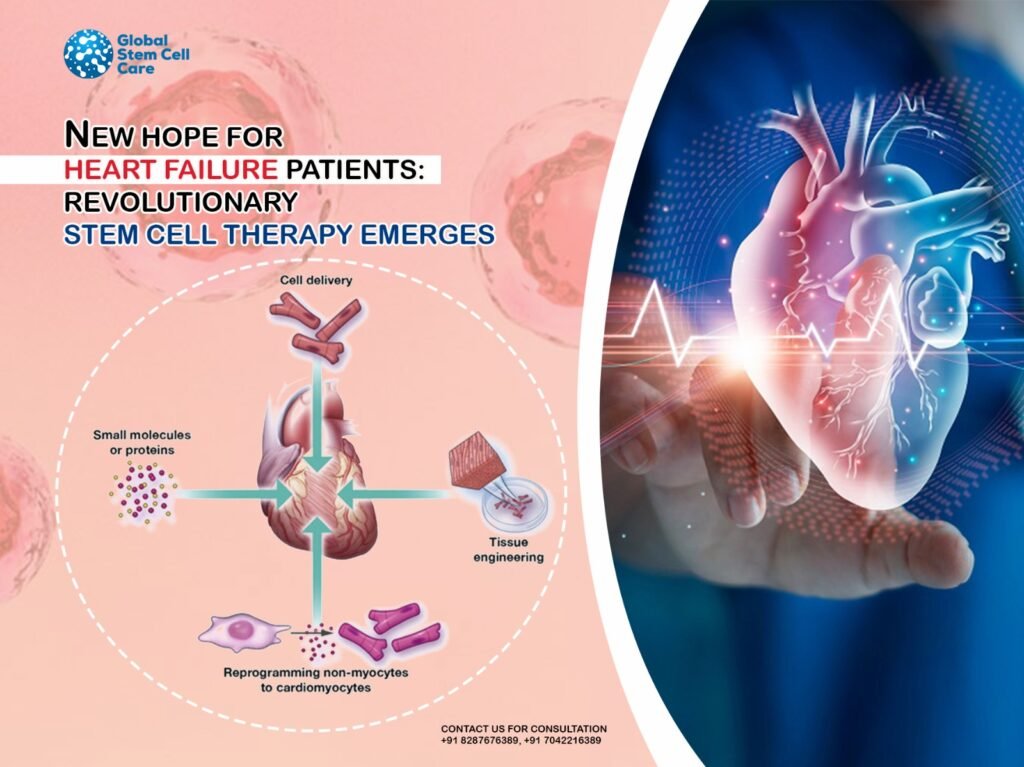
Current advancements in stem cell therapies for heart and cardiovascular diseases
Advancements in stem cell therapies for heart and cardiovascular diseases are continuously being made, with researchers and clinicians exploring innovative technologies and techniques. These advancements aim to improve the safety and efficacy of stem cell treatments and increase their potential for widespread use.
Emerging technologies and techniques
Researchers are constantly developing new technologies and techniques to enhance the effectiveness of stem cell therapies. For example, tissue engineering approaches involve combining stem cells with biomaterials to create three-dimensional constructs that resemble native cardiac tissue. This approach aims to improve cell survival and integration, further enhancing the regenerative potential of stem cell therapies.
Clinical trials and their results
Clinical trials play a critical role in evaluating the safety and efficacy of stem cell therapies. In recent years, several clinical trials have been conducted globally to assess the benefits of stem cell treatments for heart and cardiovascular diseases. These trials have shown promising results, indicating that stem cell therapies can improve cardiac function and quality of life in patients with these conditions.
Safety and efficacy considerations
Ensuring the safety and efficacy of stem cell therapies is of utmost importance. Extensive preclinical and clinical studies are conducted to assess the potential risks and benefits of these treatments. Additionally, regulatory authorities and ethical guidelines play a vital role in monitoring and evaluating the safety and efficacy of stem cell therapies. Ongoing surveillance and monitoring of patients receiving stem cell treatments are also essential to ensure their long-term safety and efficacy.
Regulatory framework and ethical considerations
The use of stem cell therapies for heart and cardiovascular diseases is regulated by various authorities in Malaysia. These regulatory frameworks aim to safeguard patient safety, ensure ethical practices, and promote the responsible use of stem cell treatments.
Regulatory authorities overseeing stem cell therapies in Malaysia
In Malaysia, the use of stem cell therapies is regulated by various authorities, including the Ministry of Health and the National Pharmaceutical Regulatory Agency. These regulatory bodies oversee the licensing, registration, and monitoring of stem cell treatments to ensure compliance with safety and quality standards.
Guidelines and regulations for clinical use
Regulatory guidelines and regulations are in place to govern the clinical use of stem cell therapies in Malaysia. These guidelines provide recommendations on stem cell sourcing, handling, processing, and administration, ensuring that treatments are conducted in a safe and ethical manner.
Ethical considerations and patient rights
Ethical considerations play a crucial role in the use of stem cell therapies. Patients’ rights, including informed consent and privacy, are protected during the entire treatment process. Ethical guidelines ensure that stem cell therapies are offered to patients in a responsible and ethical manner, with full transparency and adherence to recognized ethical principles.
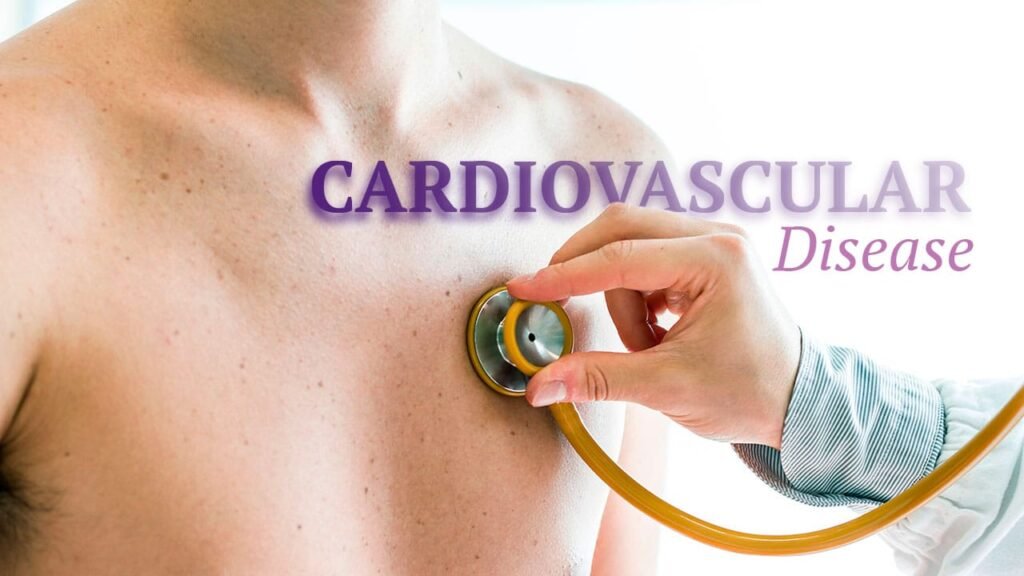
Availability and accessibility of stem cell therapies in Malaysia
While stem cell therapies hold great promise for the treatment of heart and cardiovascular diseases, their availability and accessibility in Malaysia are still limited. However, efforts are being made to establish specialized clinics and medical centers offering these treatments, and insurance coverage for stem cell therapies is also being explored.
Specialized clinics and medical centers offering stem cell treatments
Several specialized clinics and medical centers in Malaysia now offer stem cell therapies for heart and cardiovascular diseases. These centers have the necessary expertise, infrastructure, and equipment to provide comprehensive stem cell treatments to patients. However, the number of such centers is still limited, and efforts are being made to expand access to these therapies.
Cost considerations and insurance coverage
The cost of stem cell therapies can be a significant barrier for many patients seeking these treatments. Stem cell therapies are often expensive, considering the complex processes involved in stem cell isolation, expansion, and administration. Insurance coverage for stem cell therapies is also limited, with many insurance providers not yet including these treatments in their coverage. Addressing the cost considerations and exploring insurance coverage options are essential steps towards improving the accessibility of stem cell therapies in Malaysia.
Challenges in establishing widespread accessibility
Despite efforts to establish specialized clinics and increase accessibility, there are still challenges in providing widespread access to stem cell therapies in Malaysia. These challenges include limited resources, lack of awareness among healthcare professionals and the general public, and the need for further research and evidence to support the widespread adoption of these treatments. Overcoming these challenges will require collaborative efforts between healthcare professionals, researchers, regulatory bodies, and policymakers.
Case studies and patient testimonials
Real-life experiences of patients who have received stem cell therapies for heart and cardiovascular diseases can provide valuable insights into the potential benefits and outcomes of these treatments. Several case studies and patient testimonials have documented the improvements in cardiovascular health and quality of life following stem cell treatments.
Improvements in cardiovascular health and quality of life
Patients who have undergone stem cell therapies for heart and cardiovascular diseases have reported significant improvements in their cardiovascular health and overall quality of life. These improvements include increased exercise tolerance, reduced symptoms such as chest pain and shortness of breath, improved heart function, and decreased reliance on medications. Stem cell therapies have offered hope to individuals previously deemed untreatable or facing limited treatment options.
Long-term outcomes and follow-up care
Long-term outcomes and follow-up care are essential considerations in stem cell therapies for heart and cardiovascular diseases. Studies have shown that the benefits of stem cell treatments can be sustained over the long term, with improved cardiac function and quality of life maintained even years after treatment. Regular follow-up monitoring and care are crucial to ensuring the continued success and safety of stem cell therapies.
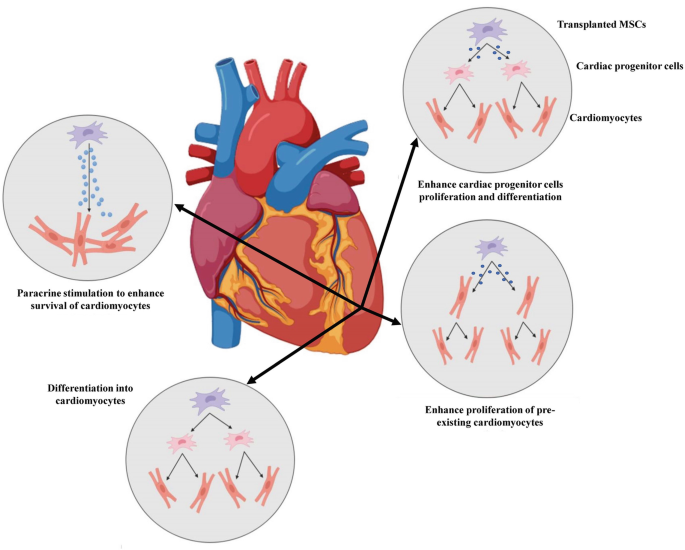
Potential risks and complications
While stem cell therapies offer promising benefits, it is essential to acknowledge and address the potential risks and complications associated with these treatments. Thorough patient selection criteria, ongoing monitoring, and surveillance are necessary to mitigate these risks and ensure safe and effective outcomes.
Possible adverse effects of stem cell therapies
Stem cell therapies can carry potential adverse effects, although they are generally considered safe. Adverse effects may include inflammation, immune reactions, infection, or the formation of tumors. These risks can be minimized through careful patient selection, appropriate cell preparation and administration techniques, and regular monitoring by healthcare professionals.
Risk factors and patient selection criteria
Patient selection criteria are crucial in determining the suitability of individuals for stem cell therapies. Certain risk factors, such as advanced age, coexisting medical conditions, and the severity of cardiovascular disease, may affect the outcomes and safety of these treatments. Identifying appropriate patients and assessing their individual risks is vital to maximizing the benefits and minimizing potential complications.
Need for ongoing monitoring and surveillance
Ongoing monitoring and surveillance of patients who have received stem cell therapies are essential to ensure the long-term safety and efficacy of these treatments. Regular follow-up visits, imaging studies, and functional assessments can help identify any complications or changes in health and provide timely interventions. Healthcare professionals play a crucial role in monitoring patients and adjusting treatment plans as needed.
Future prospects and ongoing research
The field of stem cell therapies for heart and cardiovascular diseases is continuously evolving, with ongoing research and development aimed at enhancing treatment outcomes. Various areas of research and innovative approaches hold promise for the future of stem cell treatments in Malaysia.
Areas of ongoing research and development
Ongoing research and development in stem cell therapies for heart and cardiovascular diseases are focused on several areas. These include optimizing cell types and sources, improving delivery methods, enhancing cell survival and integration, and exploring novel therapies such as gene editing and tissue engineering. Additionally, research is being conducted to better understand the underlying mechanisms of stem cell therapies and identify potential biomarkers for assessing treatment response.
Innovative approaches and technologies
Innovative approaches and technologies are being developed to improve the safety and efficacy of stem cell therapies. For example, advances in cell manufacturing techniques enable the large-scale production of clinical-grade stem cells, enhancing their availability and standardization. Additionally, the use of bioengineered scaffolds and biomaterials holds promise for creating functional cardiac tissue for transplantation.
Collaborative efforts and international partnerships
Collaborative efforts and international partnerships play a crucial role in advancing stem cell therapies for heart and cardiovascular diseases. Researchers, clinicians, and industry professionals join forces to share knowledge, resources, and expertise, accelerating the development and translation of stem cell treatments. Collaborations with international institutions and organizations allow access to cutting-edge technologies and expertise, further enhancing the progress of stem cell research in Malaysia.
In conclusion, stem cell therapies have the potential to revolutionize the treatment of heart and cardiovascular diseases in Malaysia. As the prevalence of these conditions continues to rise, it is imperative to explore innovative and effective treatment options. While significant progress has been made in the field of stem cell therapies, various challenges and limitations need to be addressed. Initiatives to improve accessibility, establish regulatory frameworks, and promote ongoing research are necessary to harness the full potential of stem cell therapies and improve the lives of individuals affected by heart and cardiovascular diseases in Malaysia.

